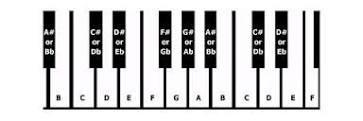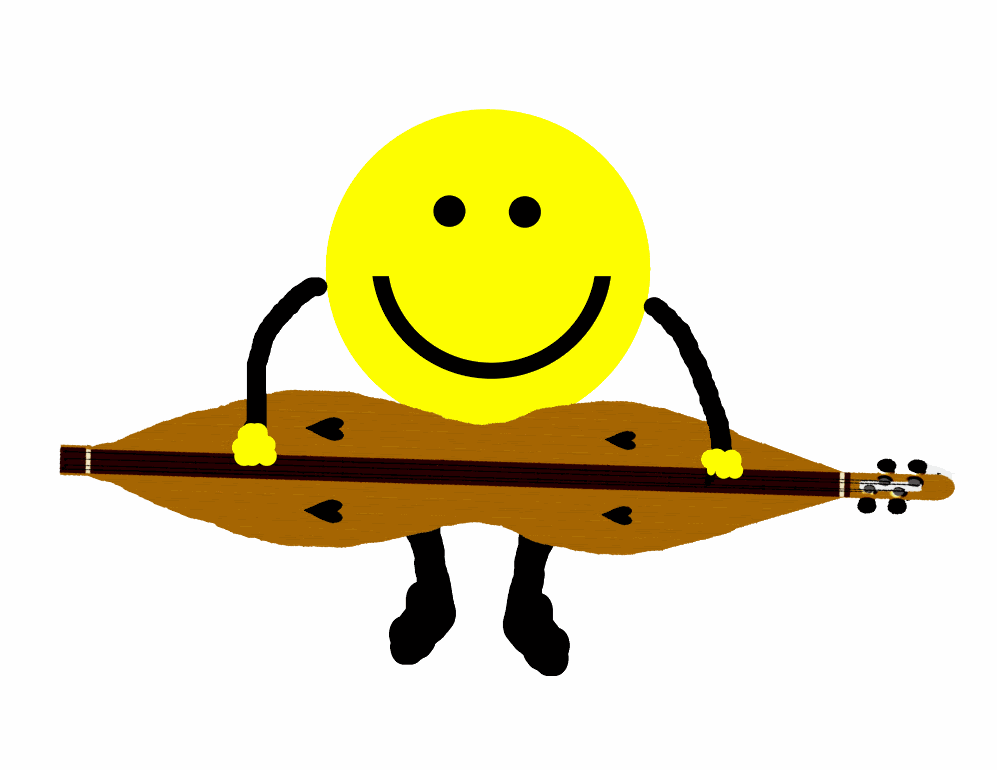Common Dulcimer Jam Tunes
General mountain dulcimer or music discussions
Geekling, I think I remember that beginners jam. I walked briefly through the room and could see some difficulties there. In my opinion, a jam with experienced players can exist with no leader, with players taking turns calling a tune and starting it off. But beginners are exactly those who need a leader, someone familiar with the songs who can play them correctly and at a steady tempo so that others can follow along. Obviously, the leader in a beginners jam needs to be patient and play really slowly, but a bunch of beginners unsure of their own playing trying to make a go of it on their own just asks for trouble.
But your comments also reveal the different ways we learn. I honestly cannot learn songs from tablature. I need to hear a song played and get it into my head. During the jam at the Harvest Festival I probably learned three or four songs. The first time through I would just listen, getting a sense for the song's structure (AABB, ABC, whatever). The second time through I would try to find some of the important notes or phrases in each section. By the fourth or fifth time through I could get most of the melody. Then after that, I could go off on my own, use tab, and fill in the blanks. But I always fail to learn songs at workshops when everyone is handed a piece of tab and then they go through it slowly one note at a time. I never get the feel for a song that way.
In my opinion, the best scenario is an all-inclusive, beginners-welcome jam in which people go around a circle calling out tunes. The person calling the tune should ideally set the tempo and start playing. So a really advanced player might indeed start playing pretty fast, leaving others to just strum chords, play percussion on the backs of their dulcimers, or pick out a note here or there. But others will start playing at a slower, more approachable pace, allowing beginners to follow along. And there should be a leader to step in, so if someone starts a song but then gets a little lost, the leader can step in and take over. A lot of learning how to play with others is learning how to keep time and skip notes or whole sections of songs. When you play by yourself and you get stuck on the fourth note of a song, you can just stop and take your time to get it. But in a jam, the song keeps moving, and it's important to learn to play such that when you get stuck you skip a few notes or a whole section and pick a point in the future when you can jump in with everyone else. (Supposedly the great hockey player Wayne Gretsky used to say you should not skate to where the puck is, but to where the puck will be.)
At the local dulcimer group here in Sac that I started about 18 months ago, we now divide our time into three sections. The first is a beginners lesson in which the beginners get together in a very small group of two or four with a more experienced player and go over some basics. During the second section we all get together and play through our small but growing repertoire of songs, mostly arrangements by Ron Beardslee, Paul Furnas, or myself, which are pedagogical in nature, meaning we arranged a tune in order to work on some aspect of playing. (For example, I arranged a version of "Shall We Gather at the River" specifically to work on slow, steady, back-and-forth strumming. My arrangement of "Beach Spring" centers on the use of left-handed techniques such as slides, pull-offs and hammer-ons. Ron has arranged several songs that teach chord positions, so each song is based on a single chord shape that moves up and down the fretboard.) We all play those songs together, and usually between 4 and perhaps 10 times each one. The idea is to play them long enough that people can really start to learn them. But we also stop and talk about how to play difficult sections so that there is some clear learning going on. And the third section of our gathering is a true song circle where we take turns playing songs. Some choose songs for everyone to join in, but this section of our gathering is also for more advanced players to "show off" the more complex stuff they're working on. The advanced players get practice performing in front of a small (and adoring ) group and the beginners get exposed to music and playing techniques that they would never see if they only stayed in beginner groups. Interestingly, it was the beginners who requested the song circle, for they wanted to see what Ron and I were playing when we were not teaching them songs, but I have to say I've really gotten a lot out of it, and knowing that I'll have that small audience encourages me to keep working on new stuff and really try to get whole songs down pat.
) group and the beginners get exposed to music and playing techniques that they would never see if they only stayed in beginner groups. Interestingly, it was the beginners who requested the song circle, for they wanted to see what Ron and I were playing when we were not teaching them songs, but I have to say I've really gotten a lot out of it, and knowing that I'll have that small audience encourages me to keep working on new stuff and really try to get whole songs down pat.
Maybe this is a long-winded way of saying that I think beginners would get a lot more out of a jam with patient leaders rather than a jam with no leaders and only other beginners.






 (Actually, it's not that hard, but it does take a few minutes working with a tuner.)
(Actually, it's not that hard, but it does take a few minutes working with a tuner.)